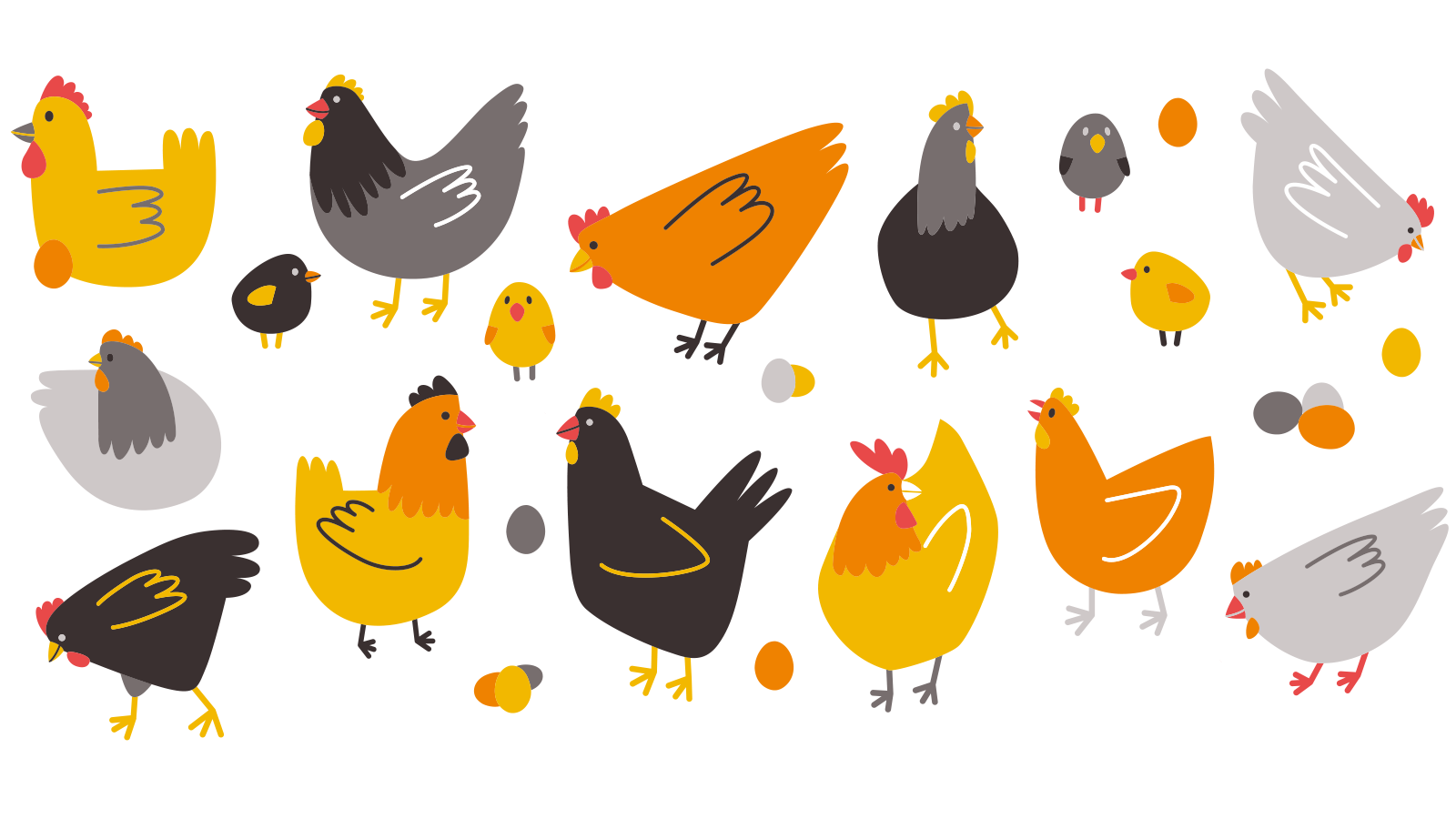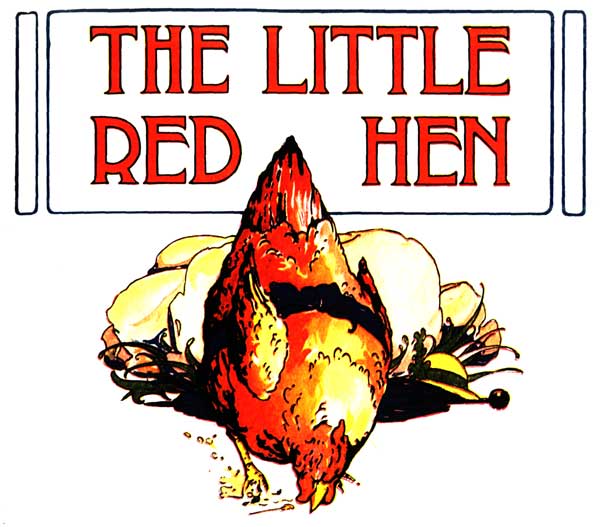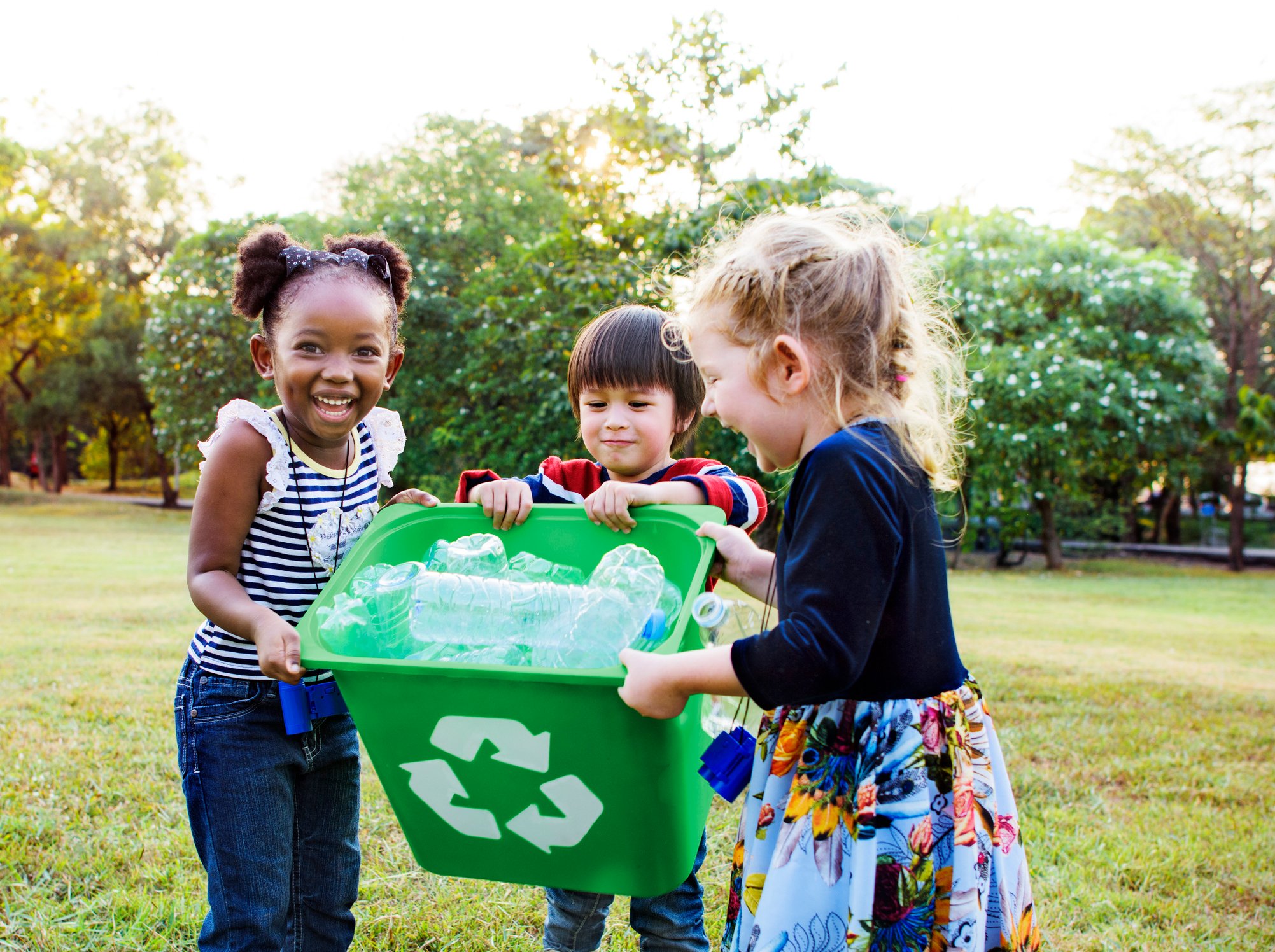
The Little Red Hen folktale has generally been read to exhort children to work hard, accept responsibility, and share with others.
Two central ideas emerge from the story: (a) when you work hard, you get to reap the benefits of your hard work, and (b) when you don’t help someone do something, you can’t expect to reap the benefits of their hard work. By integrating meaningful community service with this folktale, students can learn civic responsibility and democratic values. Service-learning projects are valuable tools to give students a sense of self-worth and compassion for others.
A good service-learning project responds to a need and achieves benefits for both students and the community. Students should decide what is most important to them in choosing the projects and bringing about change. By participating in service learning, students understand how they can impact their home, school, or community and discover their own value within the community.

Source: Wikimedia Commons
In the Classroom
To begin, read a version of The Little Red Hen to students. Help students identify the lessons to be learned from the story, such as responsibility, respect, and caring and helping others. Ask students how they would define sharing and generosity. Encourage students to include ideas such as sharing affection, time, or possessions. Ask questions such as:
- Should the animals have helped? Why or why not?
- Should you only help if you get something out of it?
- Why did the little red hen give the animals so many chances to help her?
- Would you give others many chances to help you?
Ask students if they know anyone in the school like the little red hen. Have students make a list of the non-teaching staff in the school who work hard: custodians, cafeteria workers, secretaries, and school nurses, for example. Point out that these workers at school are like the little red hen because they do a lot of work for the school.
Next, have students think about people who work in the community to make our lives better: police officers, firefighters, mail deliverers, doctors, trash collectors, and so on. Remind students that we want to all be like little red hens and not like the characters who refused to help. Divide students into groups to interview various school workers or community helpers and find out their job responsibilities. Students may ask questions such as,
- What do you need to do your job successfully?
- How long have you worked at this job?
- What do you like about your job?
- How can we help you?
Afterward, have students draw pictures of the school and community workers and their jobs and post them around the room. Discuss with students a variety of ways to say thank you to these workers. Students may decide to write a thank-you letter, make a thank-you poster or gift, or invite the workers to the class for a party.

Source: iStock by Getty Images
In the Community
Brainstorm with students ways in which they could be little red hens and help others at home, at school, or in the community. Simple ideas could include emptying trash cans, cleaning bedrooms, setting the table for dinner, raking leaves in the yard, or holding the door for someone. Students could write short stories about how they will help someone. Introduce students to National Make a Difference Day. For more than twenty years, this day has become the largest day of community service. On the fourth Saturday in October, individuals and groups take time to get active in their communities and do charitable works.
Reflection and evaluation are essential elements of the service-learning experiences. The connection between students’ experiences and the academic curriculum are reviewed during reflection. Evaluation measures the progress toward the goals of the project. You can create a chart to show the project, what was learned, and the evaluation.
| Service Project | Learning | Evaluation |
| Picking up trash in the park | Effect of trash on storm drains | Measuring number of times city has to clean storm drains |
Students could also discuss in pairs or small groups or write poetry or a newspaper article to reflect and evaluate. Be sure to celebrate any successes students achieved during the project!
In today’s world, people are less engaged than ever. Fewer people are volunteering, voting, belonging to clubs, attending church, or getting involved with neighborhood associations. Perhaps with a little encouragement from the Little Red Hen, future community members will implement lessons learned and engage in civic life.
Versions of The Little Red Hen Story
Downard, Barry. The Little Red Hen. New York: Simon & Schuster Books for Young Readers, 2004.
Finch, Mary. The Little Red Hen and the Ear of Wheat. Brooklyn, NY: Barefoot Books, 1999.
Galdone, Paul. The Little Red Hen. New York: Clarion Books, 2006.
Granowsky, Alvin. The Little Red Hen; Help Yourself, Little Red Hen! (Another Point of View). Austin, TX: Steck-Vaughn, 1995.
Murray, Alison. The Little Green Hen. Somerville, MA: Candlewick Press, 2019.
Pinkney, Jerry. The Little Red Hen. New York: Dial Books f or Young Readers, 2006.
Stevens, Janet. The Little Red Pen. Boston: Harcourt Children’s Books, 2011.
Sturges, Philemon. The Little Red Hen Makes a Pizza. New York: Dutton Children’s Books, 1999.
Wood, Susan. Holy Squawkamole! Little Red Hen Makes Guacamole. New York: Sterling Children’s Books, 2019.
Zemach, Margot. The Little Red Hen: An Old Story. Farrar, Straus & Giroux, 1993.
Seeking more professional learning resources?
See what our professional learning department can do for your teaching
Kay Gandy is a retired professor of seventeen years and a retired elementary teacher of twenty-seven years. Her goal is to work with teachers in countries around the world and watch movies in foreign theaters. Her books Mapping is Elementary, My Dear and 50 Ways to Teach Social Studies provide practical lesson ideas for elementary teachers.
